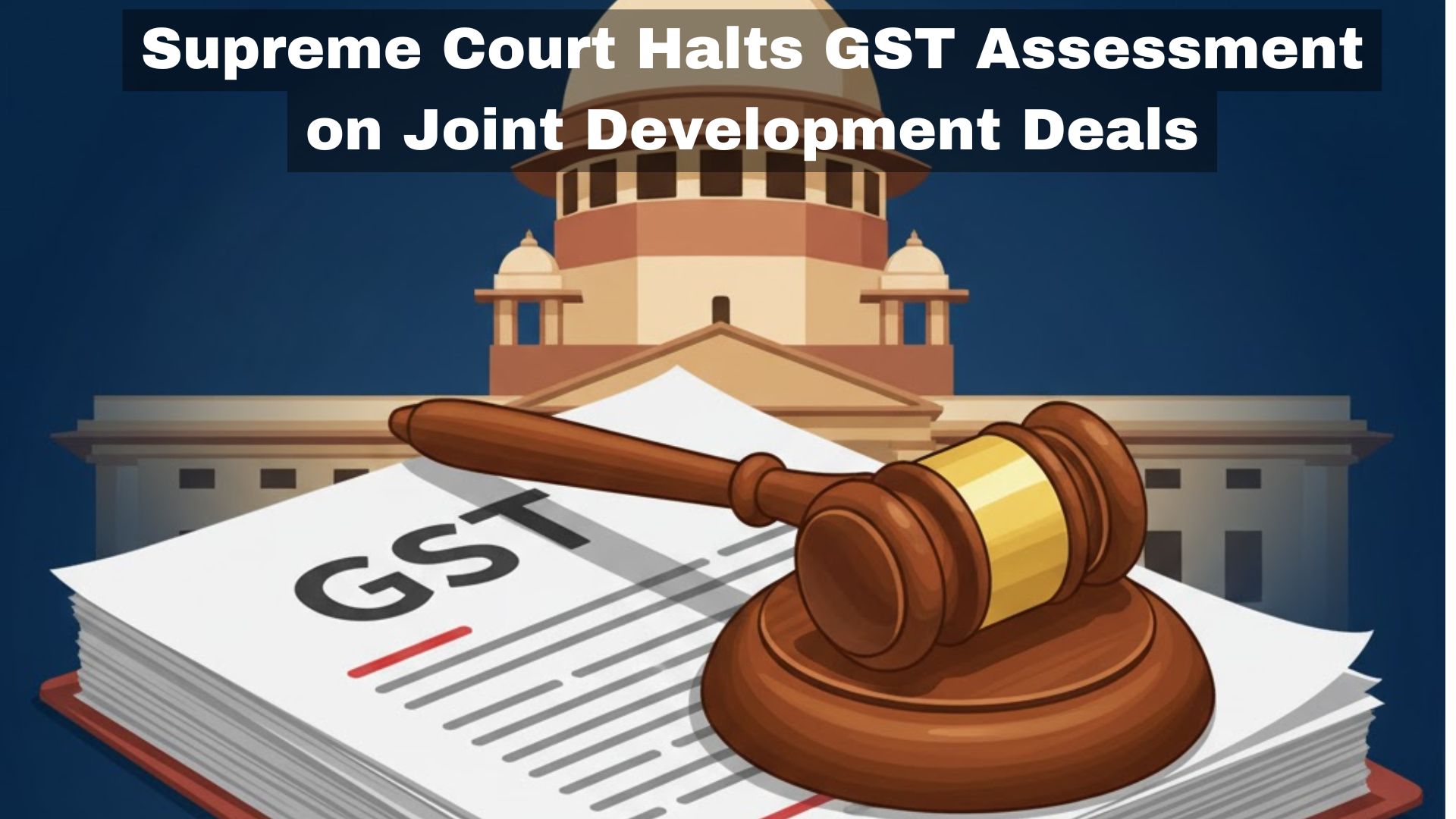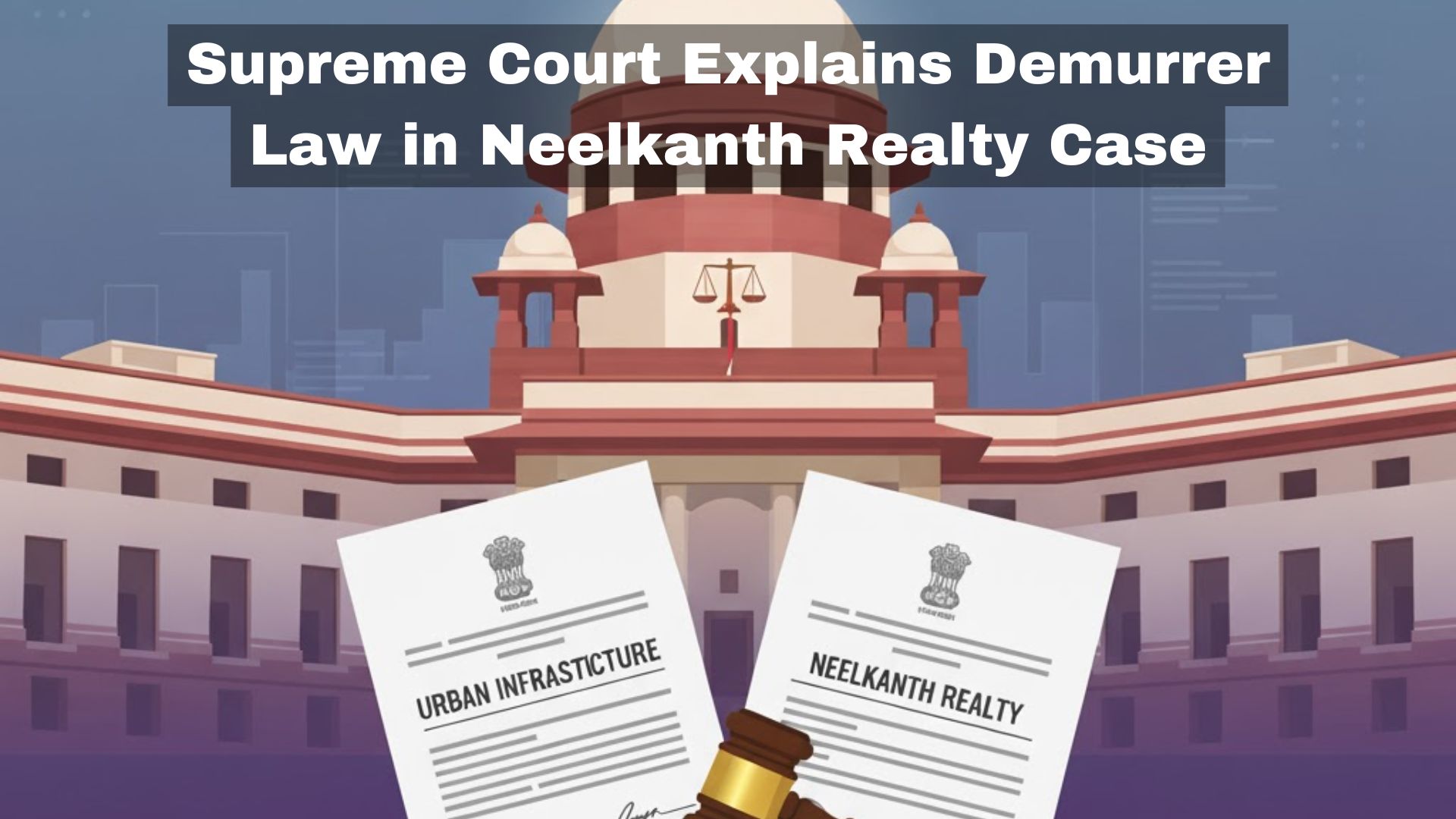Vinod Goel, J
1. This Criminal Leave Petition has been filed by the State against the impugned judgment dated 19.09.2018 passed by the court of the learned
Additional Sessions Judge-I (North-West), Rohini Courts, Delhi (‘ASJ’), acquitting both the respondents of the offences under section 302 read
with section 34 of the Indian Penal Code, 1860 (‘IPC’).
2. As per the case of the prosecution, on 17.07.2017 the respondent no.1, Damodar @ Dharamveer (A-1) brought his 7 year old daughter Tanisha
(since deceased) to SGM Hospital where she was declared ‘brought dead’. The post mortem was conducted by PW-7, Dr. Munish
Wadhawan, CMO, SGM Hospital and he opined that the death was due to asphyxia as a result of ante-mortem manual strangulation. PW-13, ASI
Baljit prepared the rukka vide DD No.32 PP and got an FIR registered as the death was homicidal in nature. Investigation was assigned to Inspector
Shri Kishan (PW-15). Both the accused (A1 and A2) were arrested on 19.08.2017 after PW-11 Lala Ram, uncle of the deceased pointed a needle of
suspicion on them.
3. The motive to kill the deceased as per the case of the prosecution, is recorded by the learned ASJ in para 30 of the impugned judgment, which
reads as under :-
“30. As stated above, as per the case of the prosecution, the wife of accused Damodar @ Dharamveer had died in the month of June, 2017 due to
jaundice and after her death, he wanted to marry Swati d/o Shishu Pal residing in the vicinity and she had reservations about marrying him due to his
children and hence on the fateful day he killed his daughter Tanisha aged about 7 years by strangulation in his house with the help of his nephew
Sanjay so that he could marry the said Swati.â€
4. Charges under section 302 read with section 34 of the IPC were framed against the respondents (A1 and A2) by the learned ‘ASJ’ on
05.01.2018. The prosecution examined 15 witnesses to bring home the guilt of the accused.
5. The prosecution had tried to establish the presence of both the accused in the house at the time of the incident through the testimony of PW-11
(Lala Ram, brother of A1) and PW-12 (Smt.Rajwati, mother of A1). However, both these witnesses were declared hostile and cross-examined by the
prosecution.
6. PW-11 had deposed in his examination-in-chief that his elder brother (A-1) was running a barber shop near their house and on the fateful day, as
usual A-1 brought his daughter Tanisha, aged about 7 years, from her school at 12:30 PM and left her at the shop. Tanisha came back to the house
herself after which she told PW-12 that she would be watching TV. He further deposed that he along with the accused, Sanjay (A-2) and PW-12
went upstairs to wash clothes as the water supply had resumed and while they were washing clothes, A-2 kept going downstairs intermittently and on
his asking, A-2 replied that the deceased was sleeping downstairs in the room. He deposed that after washing the clothes and taking bath, he and A-2
came downstairs. There A-2 put a towel on Tanisha, who was asleep. On his asking, A-2 replied that Tanisha was wearing short clothes and that is
why he had put a towel over her body. He deposed that thereafter, he went to A-1’s shop where A-1 and his other nephew, Lalit were present.
A-2 also followed him at the shop. He testified that at about 2:45 PM, PW-12 informed them that Tanisha was not waking up. They all rushed to
home and brought her to the hospital where she was declared ‘brought dead’. He denied the suggestion that the deceased, Tanisha was in the
company of A-1 on that day at about 1 PM. He further stated in his cross-examination that A-1 never came back home in the afternoon for having
lunch. He stated that A-1 used to go in the morning and return in the evening.
7. PW-12 deposed on similar lines as PW-11. She also denied having said that the deceased was in the company of A-1 at about 1 PM on the day of
the incident.
8. Both PW-11 and PW-12 admitted that the wife of A-1 had expired on 18.06.2017, but denied the suggestion that A-1 wanted to marry Ms.Swati.
They further denied the suggestion that A-1 and A-2 had hatched a conspiracy to eliminate the deceased/Tanisha. Ms. Swati (PW-14) deposed that at
no point of time was there any proposal for her marriage with A-1. She testified that she did not want to marry A-1. Therefore, there is no evidence to
prove the alleged motive for A- 1 and A-2 to have committed the murder of the deceased.
9. The police had seized the clothes and gauge cloth piece of the deceased which were sent to the FSL for a forensic examination. The FSL report,
Ex.PX2 was admitted by the accused persons. As per this report, the DNA profile generated from the gauge cloth piece of the deceased matched
with the DNA profile generated from the clothes of the deceased. The result obviously does not contain anything incriminatory against the
respondents.
10. Evidently, the case of the prosecution is based on circumstantial evidence. In a case based on circumstantial evidence, the chain of evidence must
be so complete as not to leave any reasonable ground for a conclusion consistent with the innocence of the accused and it must be such as to show
that within all human probability, the act must have been done by the accused and if there can be two inferences that can drawn from the evidence,
then the one favouring the accused should be adopted [vide Sharad Birdhichand Sarda v. State of Maharashtra (1984) 4 SCC 116, Gagan Kanojia v.
State of Punjab, (2006) 13 SCC 516, Swamy Shraddananda v. State of Karnataka, (2007) 12 SCC 288, Krishnan v. State (2008) 15 SCC 430, Wakkar
v. State of U.P. (2011) 3 SCC 306 and Mohd. Arif v. State (NCT of Delhi ) (2011) 13 SCC 621].
11. It has been laid down in a catena of cases that if two views are possible, the appellate court should not ordinarily interfere with the judgment of
acquittal and the appellate court should not reverse a judgment of acquittal because it is possible to take another view. [vide Mohd. Ankoos v. High
Court of A.P., (2010) 1 SCC 94, Ghurey Lal v. State of U.P. (2008) 10 SCC 450, Badrilal v. State of M.P., (2010) 14 SCC 412 and V.S.
Achuthanandan v. R. Balakrishna Pillai, (2011) 3 SCC 317].
12. In the present case, there is no evidence of A-1 being present at the scene of crime at the time of the incident. PW-11 and PW-12 have testified
that A-2 was present at their home at the time of the incident and they had seen him going downstairs time and again, while they were all washing
clothes. This fact certainly raises a suspicion but mere suspicion cannot take place of cogent evidence. In the absence of a complete chain of
evidence pointing only towards one inference, which is the guilt of the accused, this Court does not find any reason to interfere with the impugned
judgment acquitting the respondents. Leave to appeal is declined. Petition is accordingly dismissed.

